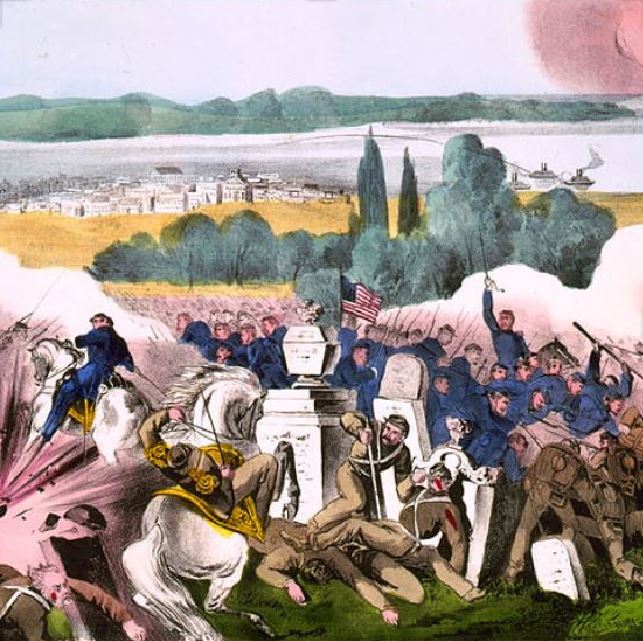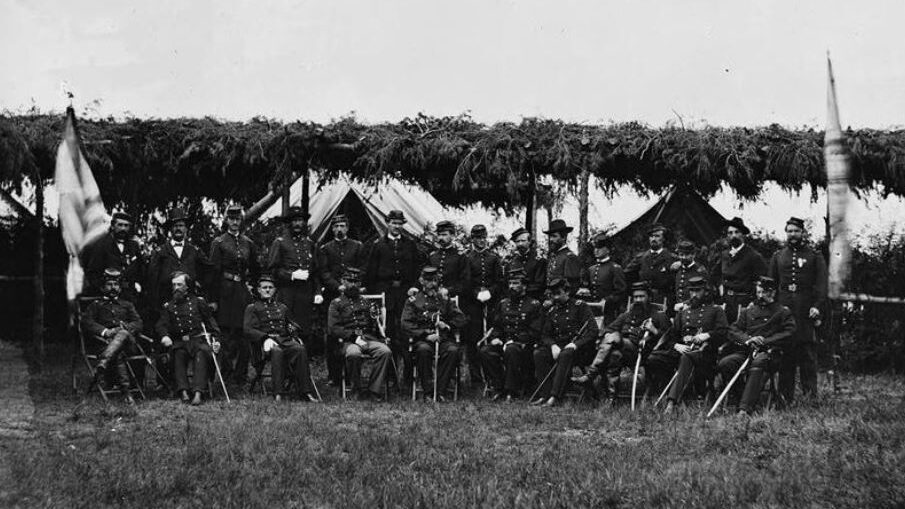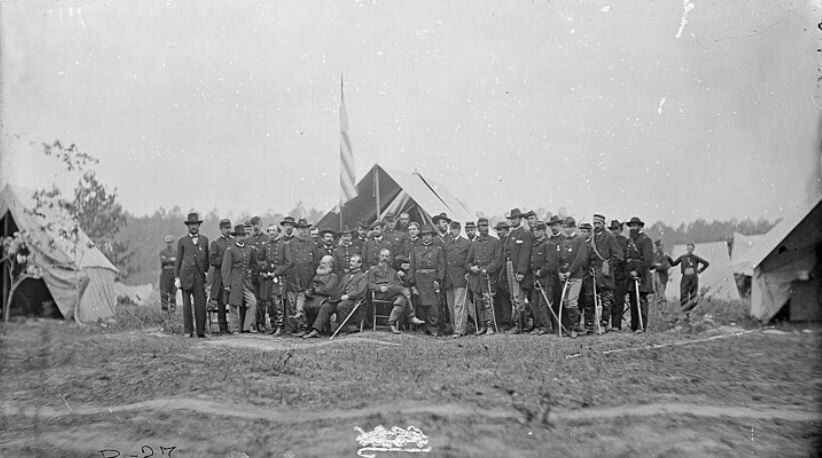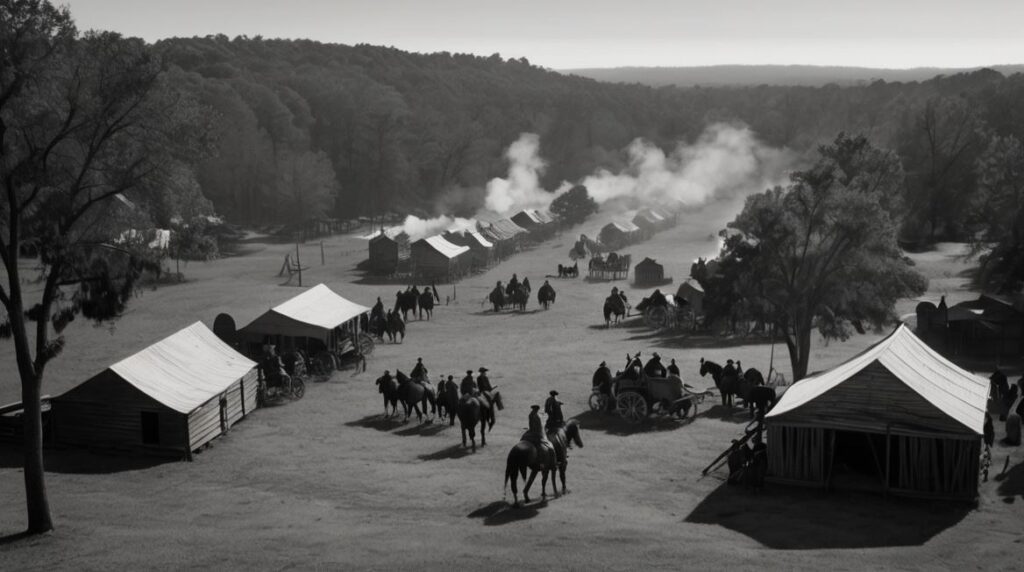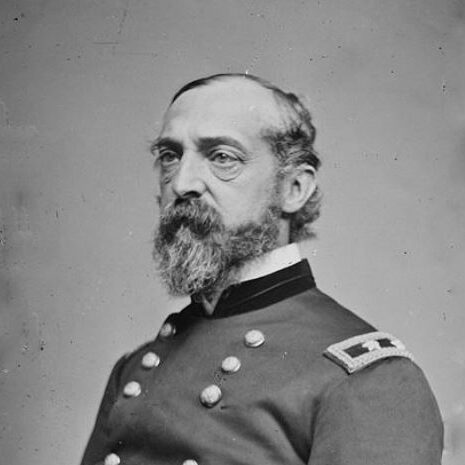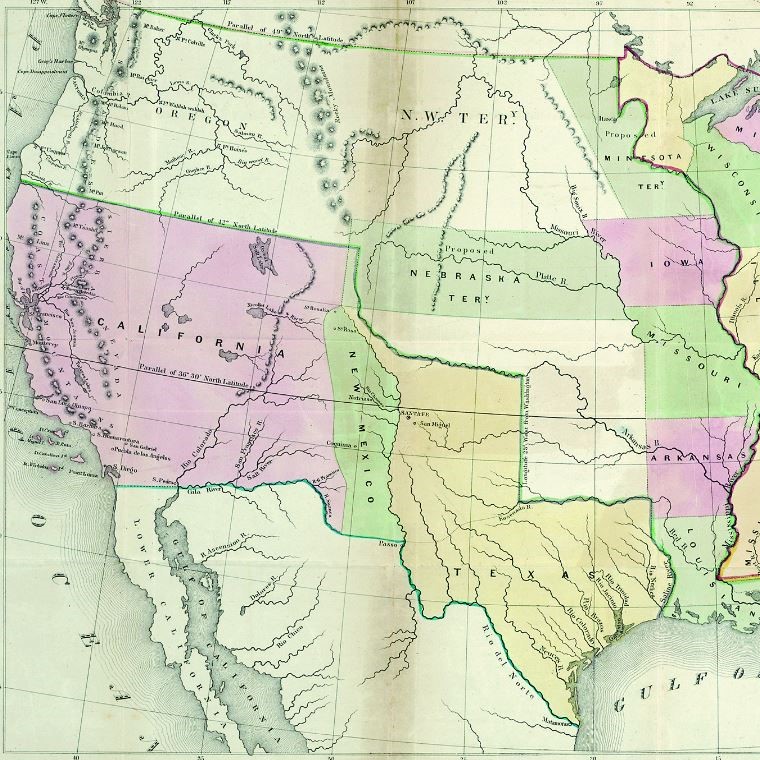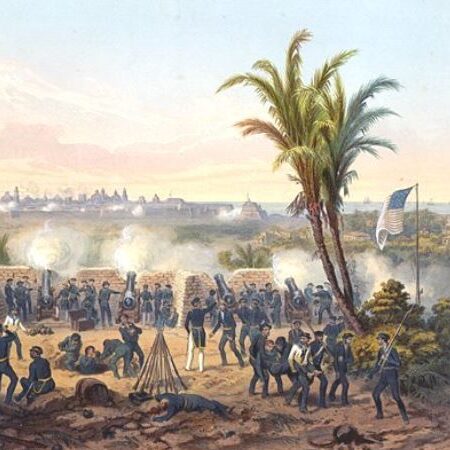So, why was Why was the Battle of Baton Rouge important? The Battle of Baton Rouge in 1862 holds a pivotal place in Civil War history, due to its strategic significance. This engagement played a crucial role in the Union’s efforts to control the Mississippi River, limiting Confederate access and disrupting vital supply lines.
In this article, we explore the role that the Battle of Baton Rouge played within the wider Civil War conflict.
1. A Background to the Events at Baton Rouge
Union’s Anaconda Plan Targets the Mississippi
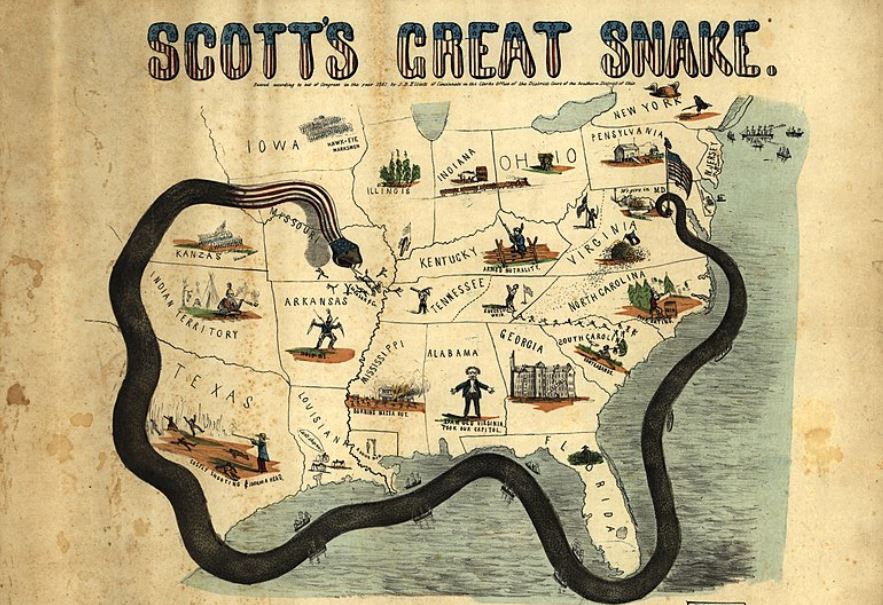
The Union was determined to gain control of the Mississippi River and penetrate deep into the Confederate interior.
This “Anaconda Plan” aimed to divide the Confederacy and rob it of crucial resources and transportation routes.
A key target was New Orleans, the South’s largest city and port. In April 1862, Union Flag Officer David Farragut successfully captured New Orleans. Soon after, David Farragut secured control of Louisiana’s capital at Baton Rouge.
The Union’s Failed Attempt on Vicksburg
Further up the river, Vicksburg, Mississippi remained a Confederate stronghold blocking Union control of the river.
In June 1862, Union forces under Admiral David Dixon Porter and General Thomas Williams attempted to capture Vicksburg but were forced to withdraw after failing to make progress in a lengthy siege.
The Confederate Response
The Union’s failed attempt at Vicksburg galvanized Confederate leaders into action.
Major General Earl Van Dorn directed Major General John C. Breckinridge to lead an assault on Baton Rouge in hopes of recapturing Confederate territory lost earlier that summer.

Breckinridge amassed troops under generals Sterling Price and Benjamin Helm for the attack.
Meanwhile, in a bold maneuver, the Confederates sent their formidable ironclad warship CSS Arkansas down the Mississippi to provide naval support.
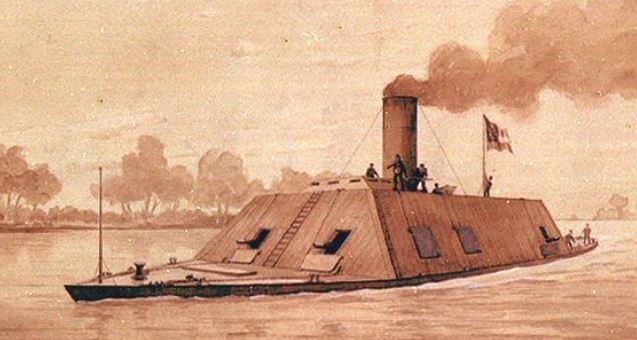
The stage was set for a pivotal showdown at Baton Rouge. Control of the Mississippi hung in the balance.
2. Dawn Assault on Baton Rouge
At the break of dawn on August 5th, 1862, Confederate forces under the command of Major General John C. Breckinridge launched a bold surprise attack on Union troops defending Baton Rouge.
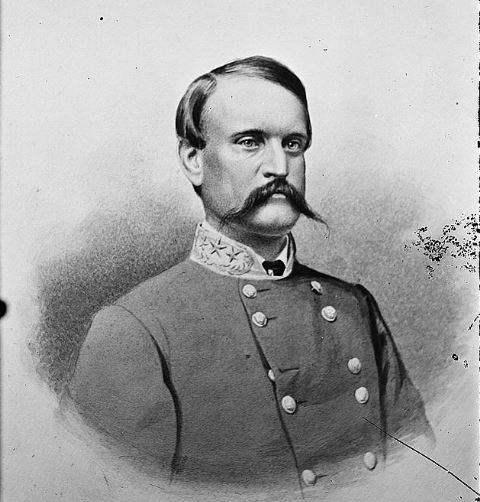
The rebel assault came from multiple directions, with forces maneuvering to attack from the north, east and south in a coordinated pincer movement designed to overwhelm the Union defenders.
The main Confederate attack was centered on Magnolia Cemetery north of the city.
Nestled on a bluff overlooking the city, the cemetery provided an elevated position for Confederate artillery. Breckinridge hoped to dislodge Union forces from this area and capture the key high ground.
Thousands of Confederate troops emerged from the pre-dawn darkness and fog and swarmed towards the Union lines around 5 a.m. The crackle of musket fire and roar of cannons shattered the dawn calm.
The surprise assault threw the Union troops into disarray initially, as commanders scrambled to get regiments into defensive positions amidst the confusion.
Breckinridge had achieved his objective of shock and surprise.
3. Union forces repel the attack
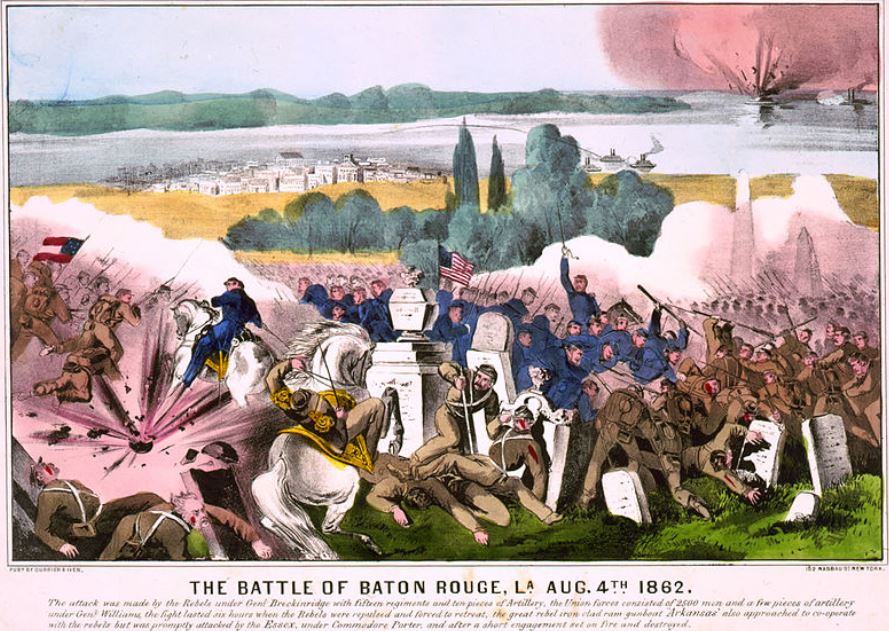
Despite the initial confusion caused by the surprise dawn attack, Union commanders were able to quickly rally their troops and establish a defensive line near the Mississippi River levee.
The Union soldiers recovered from their initial shock and scrambled to form battle lines. The crack infantry regiments brought order to the chaos, forming a solid defensive front that slowed and finally halted the advancing Confederates.
Artillery batteries were rolled into place along the levee, unleashing devastating canister fire on the attackers.
The Confederates’ early advantage of surprise soon dissipated as Union commanders stabilized their lines and put up stout resistance.
Commanding the Union forces at Baton Rouge was Brigadier General Thomas Williams, a hardened veteran of earlier battles in the Western theater.
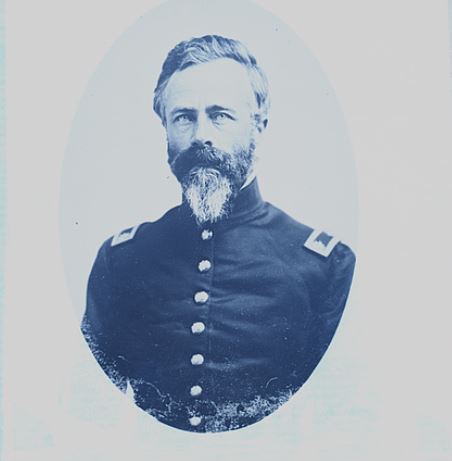
Williams provided steady leadership in the face of the Confederate onslaught, directing his men to hold their ground.
The Union troops under Williams fought tenaciously despite the ferocity of Breckinridge’s repeated assaults throughout the morning.
The Union forces under Williams’ able command successfully defended Baton Rouge, turning back Breckinridge’s bold strike and securing a strategic victory.
But, Brigadier General Thomas Williams, was killed in action during the battle.
4. Crucial Role of Union Gunboats at Baton Rouge
The Union gunboats on the Mississippi River played a crucial role in the defense of Baton Rouge, unleashing devastating firepower that decimated Confederate infantry attacks.
Stationed near the riverbank, the gunboats had clear lines of fire on the rebel units assaulting the Union flanks.
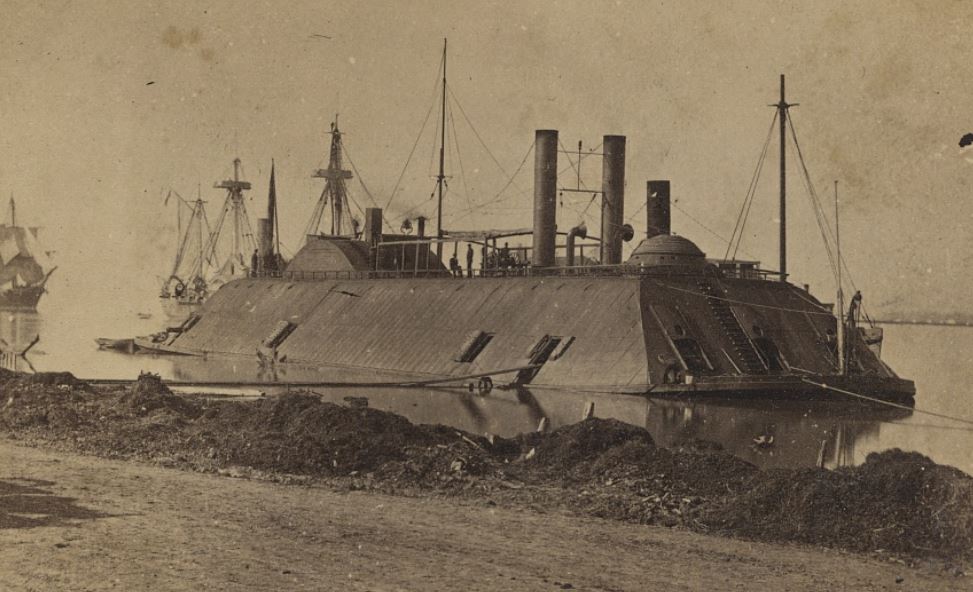
The USS Essex under Commander William “Dirty Bill” Porter was the hero of the naval contingent.
Porter maneuvered the USS Essex into an optimal position to bombard the enemy.
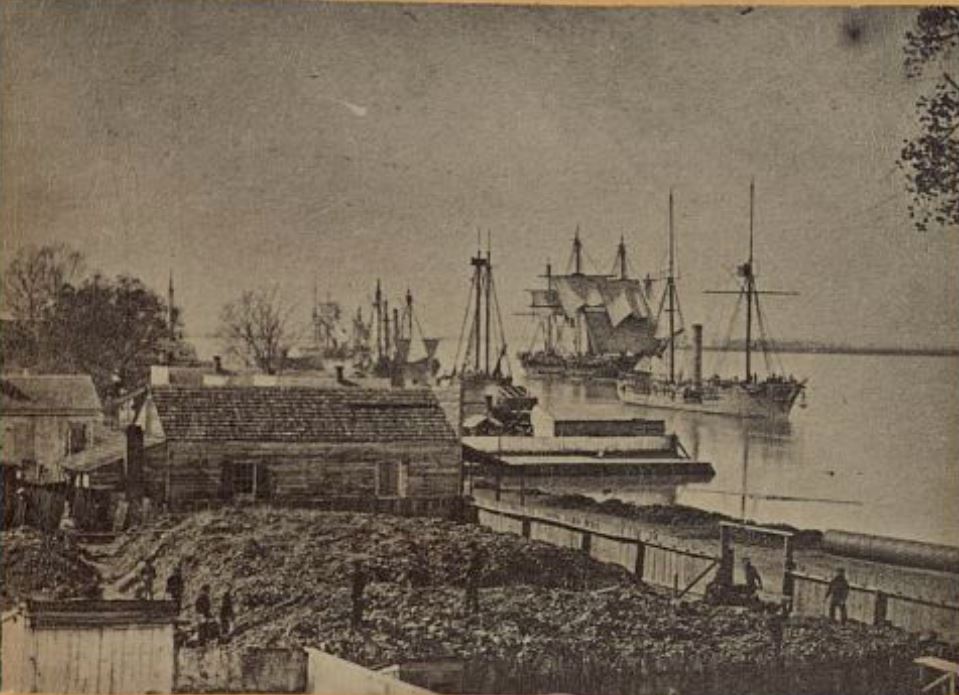
Other gunboats like the USS Hartford and USS Kineo also continually shelled the attacking Confederates, firing both broadsides and front cannons.
Breckinridge’s assaults stalled in the face of the naval barrage.
The Ill-Fated CSS Arkansas
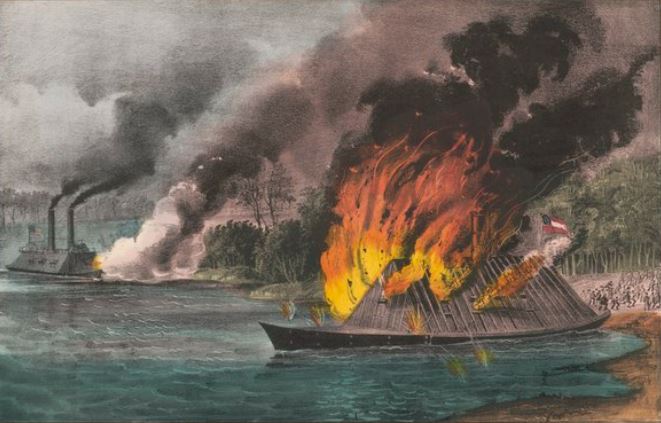
While the Union gunboats wreaked havoc, the Confederates expected naval support from their formidable ironclad CSS Arkansas. However, mechanical failures aboard the Arkansas foiled rebel hopes.
Commanded by Lieutenant Isaac Brown, the imposing Arkansas descended the Mississippi on August 5th to aid Breckinridge.
However, faulty engines forced the ironclad to halt south of Baton Rouge. Engineer officers worked frantically all morning to repair the broken crankshaft but repairs were not completed in time.
As the morning wore on with no sight of the feared ironclad, Confederate soldiers realized they would receive no naval support. Morale plummeted while Union confidence surged.
The paralyzed Arkansas sat idle while Union boats dominated the river.
After the Confederate retreat, the Arkansas finally got underway but it was too late.
On August 6th, the USS Essex engaged the ironclad, inflicting crippling damage. Unable to fight or flee, the Arkansas was scuttled by her crew. The Arkansas instead of turning the tide at Baton Rouge had become a sunken wreck.
5. The Battle of Baton Rouge: Aftermath
Union Triumph at Baton Rouge
By midday on August 5th, 1862, the Battle of Baton Rouge had ended in a clear tactical victory for the Union forces.
Despite ferocious attacks, the Confederate forces under Breckinridge had failed to recapture the Louisiana capital. The successful defense ensured Baton Rouge remained firmly under Union control.
Having failed to recapture Baton Rouge, the battered Confederate forces under Breckinridge had no option but to retreat from the battlefield on August 5th. Abandoning their dead and wounded, the Confederates survivors withdrew in disorder back along the road towards Port Hudson.
Breckinridge established a new defensive line at Port Hudson, stationed along bluffs above a bend in the Mississippi River. Port Hudson would become the last Confederate garrison on the Mississippi, where rebel troops made a stand against Union forces marching north from Baton Rouge.
But with Baton Rouge now in Union hands, Port Hudson was cut off and vulnerable to being besieged.
The Confederate retreat after Baton Rouge set the stage for the next major clash at Port Hudson as Union forces continued their push up the Mississippi.
Heavy Toll of Casualties
The victory had come at a heavy price with both sides sustaining serious casualties.
The Union lost 383 men killed, wounded or missing in the brutal fighting.
Confederate casualties were even higher at 453 men.
Battle of Baton Rouge: Strategic Implications
The Union triumph held key strategic implications. With Baton Rouge secured, the Union solidified control of Louisiana’s capital and the lower Mississippi River.
The Confederates were forced to retreat to Port Hudson and abandon hopes of recapturing Baton Rouge.
Union control of Baton Rouge allowed Federal forces to launch a new campaign upriver to Vicksburg and Port Hudson.
The victory brought the Union closer to splitting the Confederacy in two and achieving the anaconda plan.
Further Reading
If you enjoyed this article, you may be interested to read more about Louisiana in the Civil War or other American Civil War events, such as battles in Maryland, North Carolina or more general American history.

